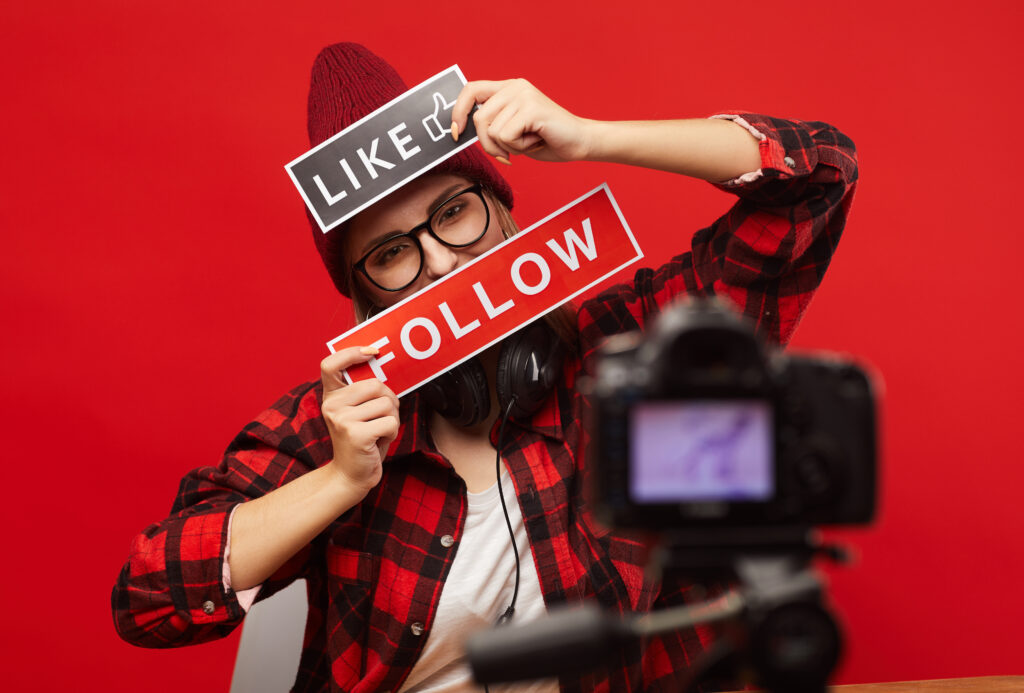Here’s a draft article for the SMACC website about podcasting for creators and influencers, designed to inform, inspire, and help members integrate podcasting into their content strategies:
🎙️ The Power of Podcasting: A Creator’s Guide
In the fast-evolving world of digital content, podcasting has emerged as one of the most engaging and personal formats for reaching audiences. But what exactly is a podcast, how does it differ from other forms of content, and how can it become a valuable part of your creator toolkit? This article breaks it all down for you.
🎧 What Is a Podcast?
A podcast is a digital audio program, often episodic, that users can stream or download to listen at their convenience. Think of it like a radio show, but tailored to niche interests and available on-demand. Some podcasts are audio-only, while others are video podcasts (or “vodcasts”), often distributed through YouTube or streaming platforms.
🎭 How Podcasts Differ From Other Content
Unlike fast-scrolling video clips or bite-sized social posts, podcasts create space for long-form storytelling, deep dives, interviews, education, and authentic conversations. They offer an intimate way to build trust and connection with your audience — often during commutes, workouts, or downtime.
Key differences:
- Length: Typically 15–60+ minutes per episode.
- Tone: More relaxed, unscripted, and conversational.
- Engagement: Listeners often spend more time per session compared to video or blog formats.
- Discovery: Found through podcast apps, directories, or websites — not just social algorithms.
🧠 What Topics Do Podcasts Cover?
Anything and everything. The most successful podcasts tend to focus on:
- News & Commentary: e.g., The Daily by The New York Times
- True Crime: e.g., Serial
- Comedy & Interviews: e.g., The Joe Rogan Experience
- Business & Marketing: e.g., Smart Passive Income by Pat Flynn
- Health & Wellness: e.g., On Purpose by Jay Shetty
- Pop Culture: e.g., Call Her Daddy
If there’s a niche, there’s probably a podcast for it — and if there isn’t, you could be the one to start it.
📍 Where Are Podcasts Published?
Your podcast needs to be hosted on a podcast platform, which then distributes it to directories like:
- Spotify
- Apple Podcasts
- Google Podcasts
- Amazon Music
- YouTube (for video or audiogram versions)
- Pocket Casts, Stitcher, iHeartRadio, and more
You’ll also want to publish episodes on your own website, newsletter, or social feeds for more visibility.
💸 How Are Podcasts Monetized?
There are multiple ways to earn from a podcast:
- Sponsorships & Ads – Most common once you’ve built an audience. CPM (cost per mille) rates are generally higher than YouTube due to longer listen times.
- Affiliate Marketing – Mention products or services with referral links.
- Paid Subscriptions – Offer bonus content or ad-free episodes on Patreon, Apple Podcasts+, etc.
- Merchandise & Services – Promote your own brand, courses, or products.
- Cross-Promotion – Use your podcast to build authority and drive traffic to your other platforms.
🧩 How Podcasting Fits into an Influencer’s Content Suite
Podcasting is perfect for building depth and trust with your audience. It complements your:
- Short-form content (Reels, TikToks) by providing a platform to expand on ideas
- YouTube videos by offering behind-the-scenes chats or creator Q&A
- Blogs and newsletters by reinforcing thought leadership
- Social media by sharing soundbites or quotes that drive engagement
It’s especially useful for creators looking to build a personal brand, educate, or build a tribe around a cause or belief.
🎞️ What Formats and Media Are Podcasts In?
- Audio-only (MP3) – Most popular and widely distributed
- Video podcasts (MP4) – Published to YouTube, Instagram Video, or Spotify
- Audiograms – Animated sound waves and snippets for sharing on social
Suggested Posting Frequency:
- Weekly is ideal for growth and consistency
- Biweekly works well if you also produce other content
- Seasonal is an option if you want to batch and release episodes in chunks
🛠️ Technical Process and Tools to Create a Podcast
Here’s what you need:
🎤 Equipment
- Microphone: Blue Yeti, Rode NT-USB, or Shure MV7 are great starting points
- Headphones: Closed-back headphones for monitoring
- Audio Interface: (Optional) For XLR mics
🧰 Software & Tools
- Recording: Audacity (free), Adobe Audition, GarageBand, or Riverside.fm (for remote interviews)
- Editing: Descript, Adobe Audition, or Hindenburg
- Hosting: Buzzsprout, Podbean, Anchor (Spotify for Podcasters), or Captivate
- Transcripts & SEO: Use tools like Otter.ai or Descript to generate transcripts and boost discoverability
🚀 Final Thoughts
Podcasting is not just a trend — it’s a powerful medium for building loyal audiences and reinforcing your voice as a creator. Whether you’re sharing your story, interviewing guests, or offering value-packed tips, a podcast can be the glue that ties your content ecosystem together.
At SMACC, we encourage creators of all types to explore podcasting — and we’re here to support you with guides, templates, gear reviews, and promotional tools.
🎧 Ready to start your podcast?
Check out our Podcasting Tools & Templates Hub and our list of Recommended Gear to get started today.


